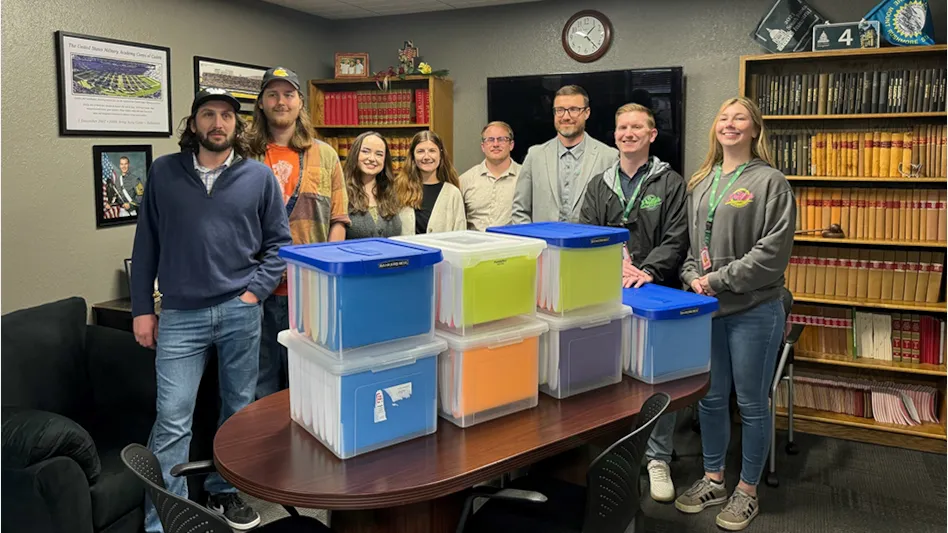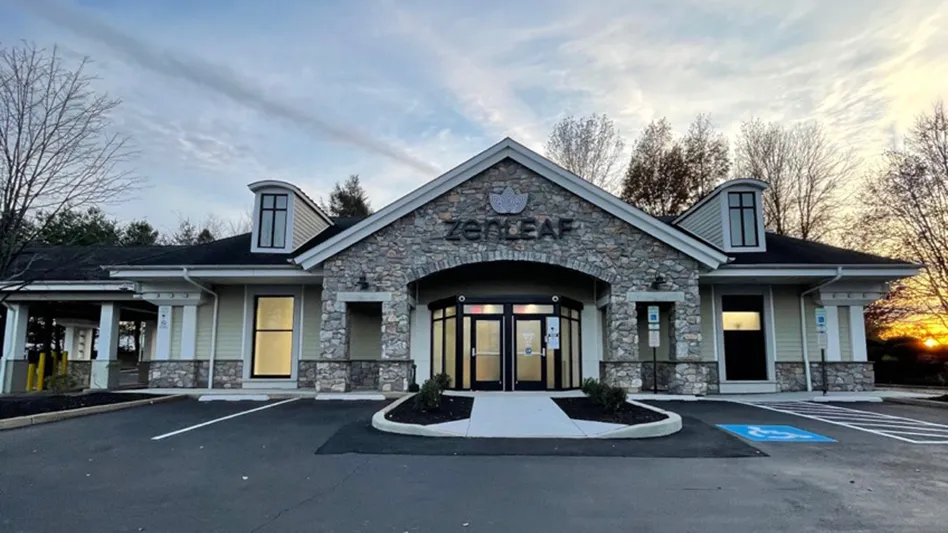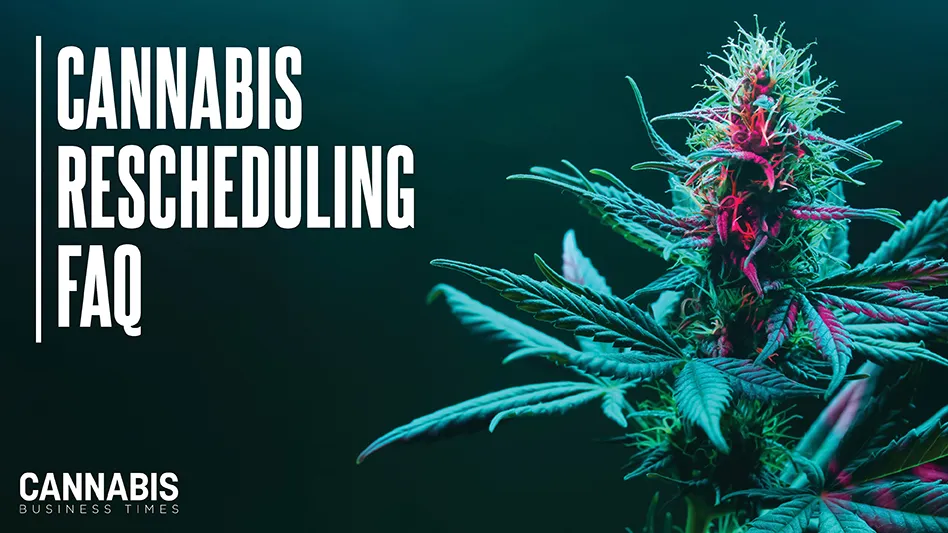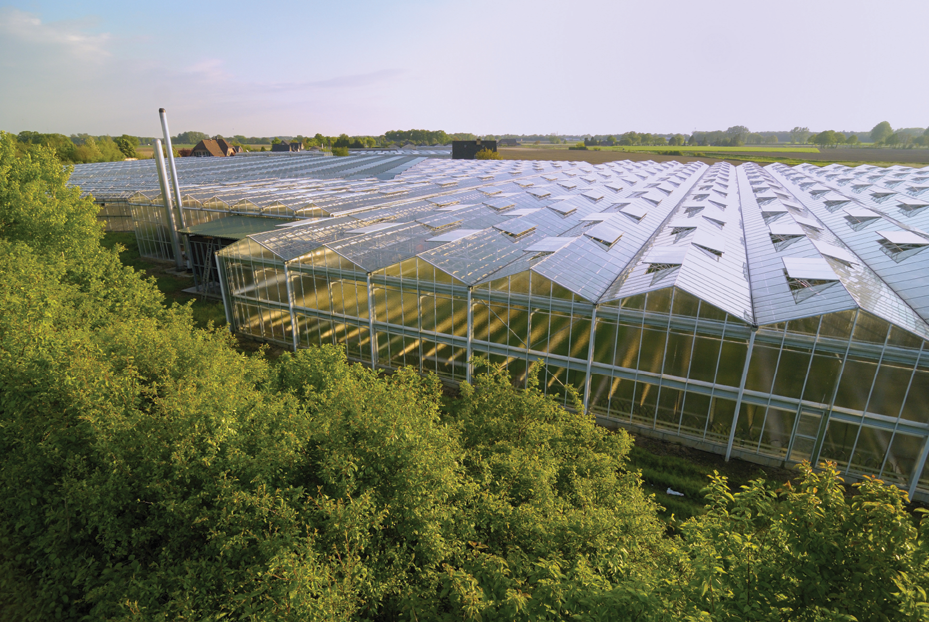
Growing plants in controlled environments is a scientifically based approach. It is creating a formula and following a protocol to produce exactly what we are aiming for in terms of plant quality and quantity. Combined with the understanding of the plant physiology, the effects of various environmental conditions and their interactions are extremely important to understand in order to succeed as a grower.
Here are 13 climate control tips and lessons learned from my experience working with thousands of different types of plants in fully automated and semi-automated growing environments in a wide range of geographic and climatic conditions throughout the United States.
Greenhouse & Indoor
1. Automation Is Key. Automated control systems can provide efficient technology, increased yields, plant uniformity, reduction in plant losses and simplified disease management by establishing optimal day and night temperatures, humidity levels and more. It is also possible to produce plants with specific biochemical composition, defined root-to-shoot ratio, plant height and vigor, and desired yield in controlled climatic conditions. More effectively, specific environmental conditions (in combination with lighting and chemical manipulation, such as nutrients, irrigation, bio-stimulants, etc.) will benefit plant health and yield.
Greenhouse & Indoor
2. Ensure Air Circulation. Proper air circulation, while controlling temperature and humidity, is essential. Roof ventilation (in a greenhouse setting) is an effective way to reduce internal temperature during sunny days either in winter or summer months, depending on the temperature set points. It is also an effective way to remove warm, moist air and replace it with drier air in the greenhouses. During certain growing periods, it can be challenging to prevent fungal disease in greenhouses, especially in areas with high humidity and moderate temperature—because certain fungal strains multiply rapidly in such environments.
However, when the ambient outside humidity levels are high (70%-80%), it is difficult to reduce humidity inside the greenhouses by using ventilation alone. In this situation, installing dehumidification units and/or air conditioners can be most beneficial. In some state-of-the-art greenhouses, a floor-fan system installation in the growing environment for cooling effects and dehumidification has proven effective.
Greenhouse & Indoor
3. Combine Ventilation With Temperature Adjustments. Manipulating ventilation and temperature in concert with each other is a useful tool for disease reduction both in indoor and greenhouse environments. I have used this approach effectively during high-humidity conditions and during periods of fungal spore and disease outbreak on plant tissues. In a greenhouse, we can achieve this by programming the temperature to increase for one hour at night (85°F-90°F) and the ventilation to open simultaneously when those bacterial spores are proving difficult to eradicate by other means. Depending on your geographical location (and seasonal temperature extremes), you’ll want to carefully monitor those temperatures to control potential mold outbreaks and terpene loss.
_fmt.png)
Greenhouse
4. Optimize for Warmer Climates. If you are a cultivator in the Southwest, for example, and trying to cultivate plants in a desert landscape in Arizona or Southern California, optimal conditions will likely be keeping air temperature at 80°F-90°F, and 20%-40% shade in summer. (The addition of highly advanced HVAC systems, however, can help control temperatures, even in extreme conditions.) Supplemental lights may be required in summer when growing photoperiod-sensitive crops (i.e., cannabis). Southwestern plants perform best when humidity levels are 50%-70% for propagating (cloning) plants from unrooted cuttings, or from seeds or growing young finished plants in controlled environments.
Greenhouse & Indoor
5. Optimize for Cooler Climates. Greenhouse climatic conditions are very different when growing plants in, say, the Western New York area versus Northern California. When propagating unrooted cuttings or starting from seeds, the optimal air temperature should be 72°F-75°F, and bottom heat (soil media) temperature should be around 70°F-72°F. Humidity levels are also important to consider, even during cool months. Cloning by vegetative propagation can be successfully done using humidity domes or in controlled growing conditions in growth chambers. However, large-scale cloning requires a high-humidity propagation facility for rooting of cuttings.
Greenhouse
6. Know When to Implement Shading. Excessive heat build-up in greenhouses in summer can often be prevented with shading materials or by using shade curtains. Shade curtains are very effective in reducing greenhouse temperatures and blocking sunlight with different shade percentages in summer (particularly in the Southwest and Southern regions). Thermal and shade materials are available for creating shade as well as retaining heat in winter within the greenhouses. We have utilized shade/thermal cover in greenhouses in North Carolina during extremely cold nights and significantly reduced heating costs.
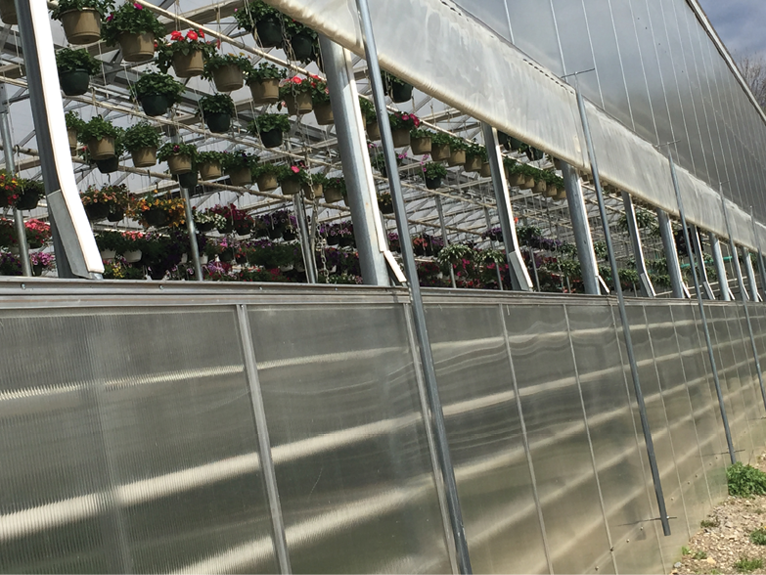
Greenhouse
7. Understand the Benefits of an Evaporative Cooling System. A fan-and-pad system using evaporative cooling eliminates excess heat and adds humidity. This is beneficial especially, again, in Southwest regions and other warmer locations. Consider installing 8-by-10-foot-high cool cell pads instead of 6-foot pads, combined with high-powered exhaust fans for proper cooling and humidity control in the growing environment. We redesigned greenhouse structures in North Carolina after identifying the problems experienced while growing corn plants. The new structures had larger cool cell pads, high-velocity exhaust fans at the plant level; and the increased height of greenhouses resulted in high-quality seed production in several types of plants.
Greenhouse & Indoor
8. Consider High-Pressure Fog Systems. Adding high-pressure fog systems in the growing environment for cooling is effective in a propagation setting as well as for growing temperature-sensitive plants.
Fog systems have been used in propagation facilities for ornamental plants for the past several years. Now it is becoming a useful tool for cannabis growers as growing facilities are expanding to warmer locations. With a fog system, fine mist droplets create a very thin water layer on the leaves, thus reducing the transpiration rate and preventing the wilting of unrooted cuttings during cloning and propagation. It is also an efficient means of keeping plants turgid in hot ambient temperatures without adding excess water to root zone system of plants.
Fog systems consist of pressurized water delivered through nozzles about 3 to 5 microns in diameter, creating a uniform mass of fine water droplets in the greenhouse’s atmosphere. They provide efficient means of cooling as well as add humidity for plants at different growth stages.
Several companies also have developed effective means of odor control by injecting biodegradable ingredients into high-pressure fog systems during the flowering stages of cannabis plants.
Greenhouse
9. Think Sideways. In addition to roof ventilation, side-wall ventilation in greenhouses is another effective method for reducing humidity levels. Side roll-up ventilation can be manually or automatically opened and closed based on temperature set points. Side ventilation can reduce air temperature in greenhouses when the outside temperature is 4°F-5°F higher than the inside temperature; however, it is difficult to reduce greenhouse air temperature to 65°F-70°F using roll-up ventilation when outside temperature is higher than 80°F. Ridge-vent openings in greenhouses in medium-sized structures are used to push warm air out from the greenhouse to control internal temperature.
Do not forget to install insect screens/fine netting in any type of ventilation system as well as exhaust fans to prevent pests from entering the greenhouses. It should be considered as integral part of design for plant-growing structures.
Greenhouse & Indoor
10. Control Plant Height by Using DIF. Day and night temperature differential (DIF) is the difference between day and night temperatures, or day temperature minus night temperature. Production of high-quality starter plugs requires technical expertise in controlling plant growth from seed germination to transplanting. Use a cool day/warm night methodology to control plug height. A two-hour drop in temperature at sunrise, for example, is effective in reducing plant elongation. Plants “stretch” due to stem elongation when plants are exposed to positive DIF, and stem elongation is reduced (compact plants) when plants are exposed to negative DIF. Therefore, plant height can be manipulated through temperature differences during the day and night using automated control systems and programming. Negative DIFs are useful to hold plants at certain heights for a time period before harvest without using any chemicals or growth retardants.
Greenhouse & Indoor
11. Know Your Supplier. When considering controlled environment automated systems, I highly recommend investing in reputable systems available in the industry, as they can be more efficient when integrated with your other systems. All the grow rooms, propagation chambers and greenhouses should be accessible from one central control system to save time and work smoothly.
Greenhouse
12. Understand the Importance of Bottom Heat (Where Necessary). Heating systems for air temperature control and for bottom heat, either on benches or in the floor under the concrete, can be important tools for maintaining optimal soil and plant tissue temperatures throughout the year.
Greenhouse & Indoor
13. Biosecurity. Integration of alarm systems in greenhouses and growth chambers is also a great investment to consider. Technology is available to connect environmental control systems with a designated cultivation team to alert them to extreme conditions (high or low temperatures, power failure, mist system malfunction, etc.) and can prevent catastrophic plant losses in controlled environments. This is done two ways: by automated text messages on cell phones, or phone call notifications by the central site service/security personnel.

Explore the June 2018 Issue
Check out more from this issue and find you next story to read.
Latest from Cannabis Business Times
- Verano Opens MÜV Haines City, Company’s 75th Florida Dispensary
- Ascend Wellness Holdings Reports $142.4M Net Revenue for Q1 2024
- Trulieve Reports $298M in Revenue for 1st Quarter 2024
- SNDL Reports 1st Quarter 2024 Financial, Operational Results
- Leading Cannabis Brand STIIIZY Expands Retail Presence With Fresno Location Opening Saturday, May 11
- The Cannabist Co. Reports 1st Quarter 2024 Results
- Green Thumb Reports $276M Revenue for 1st Quarter 2024
- Colorado Legislature Gives Final Approval to Measure Aimed at Streamlining Marijuana Regulations
